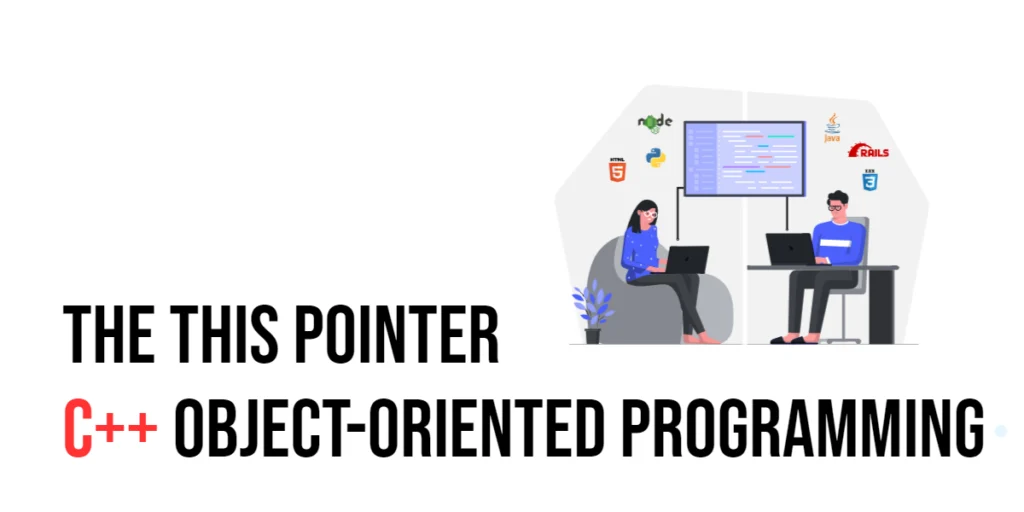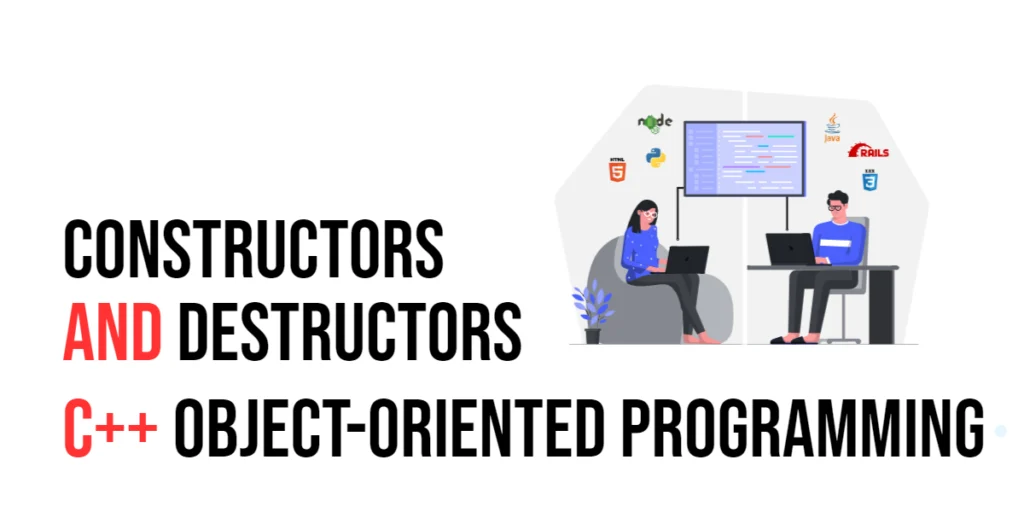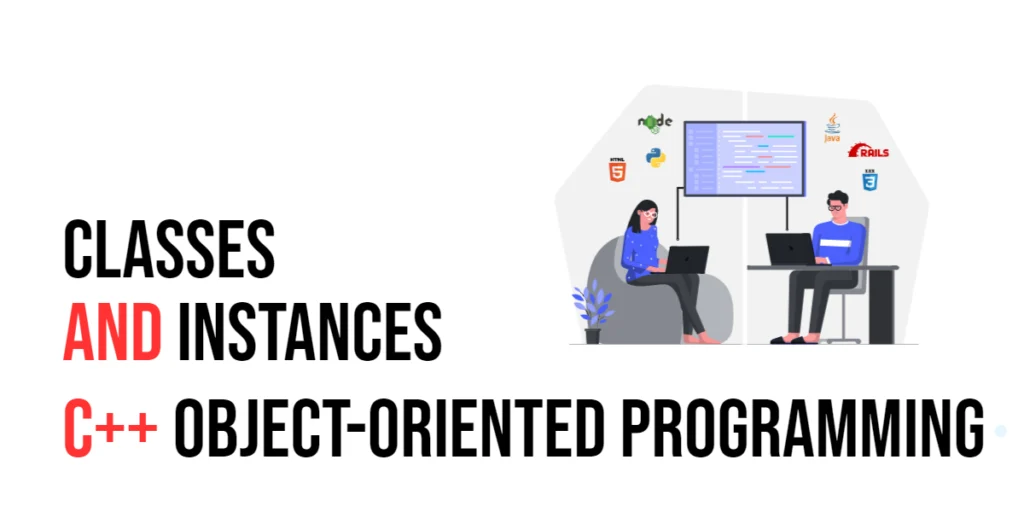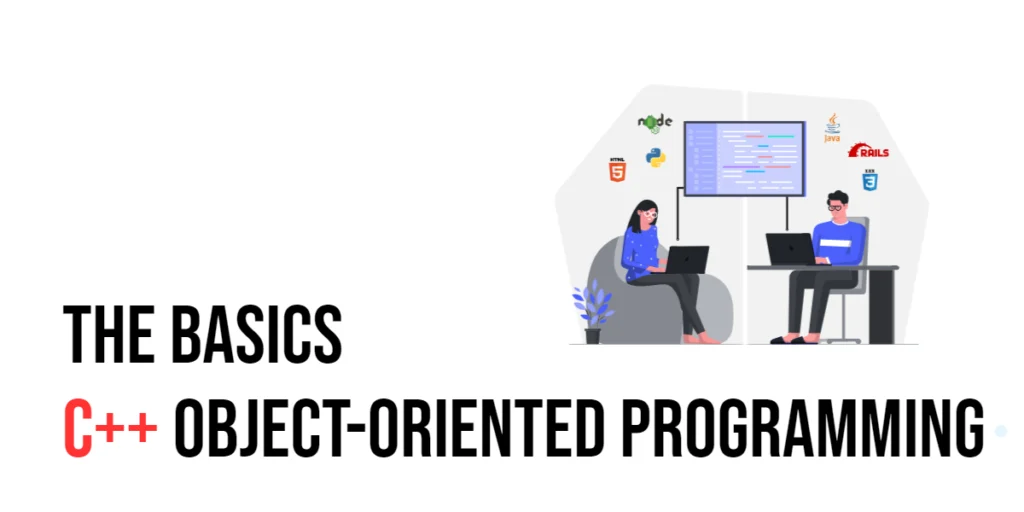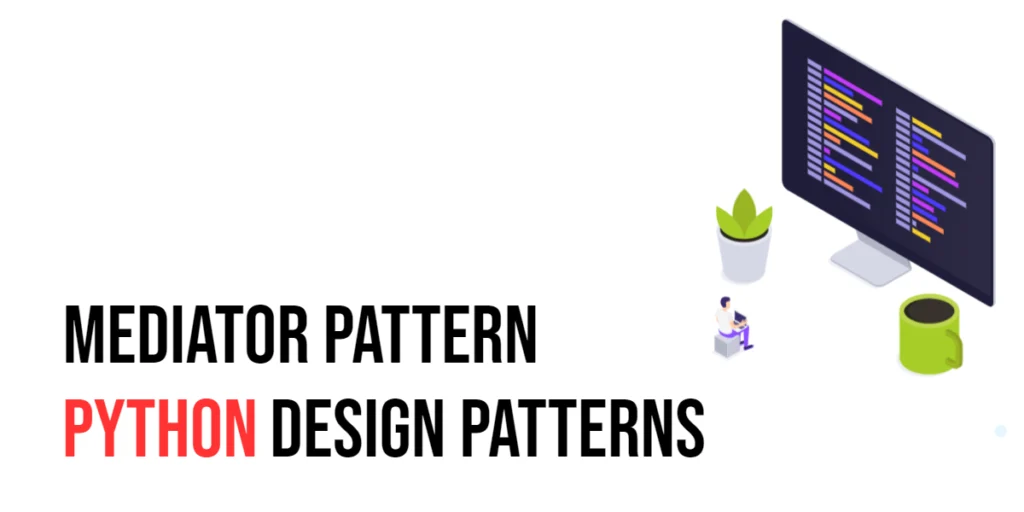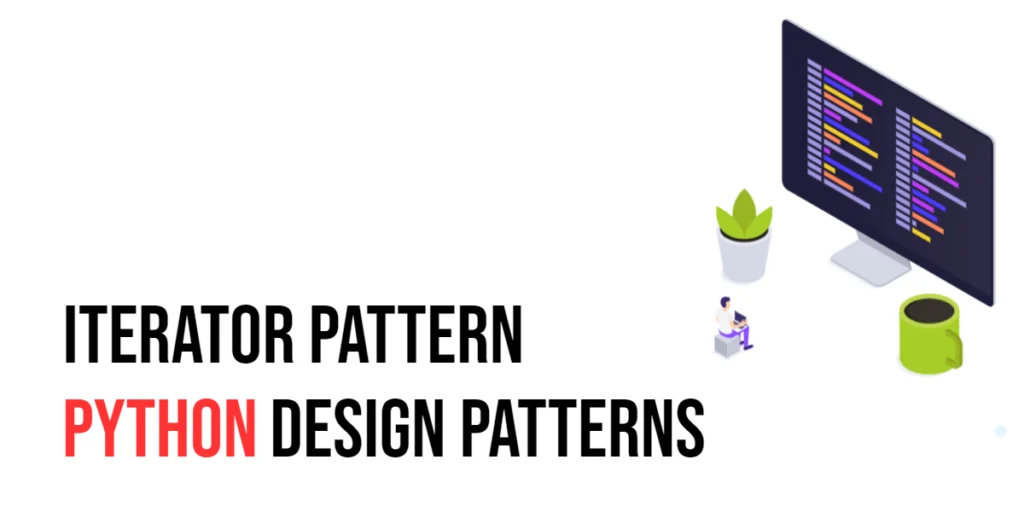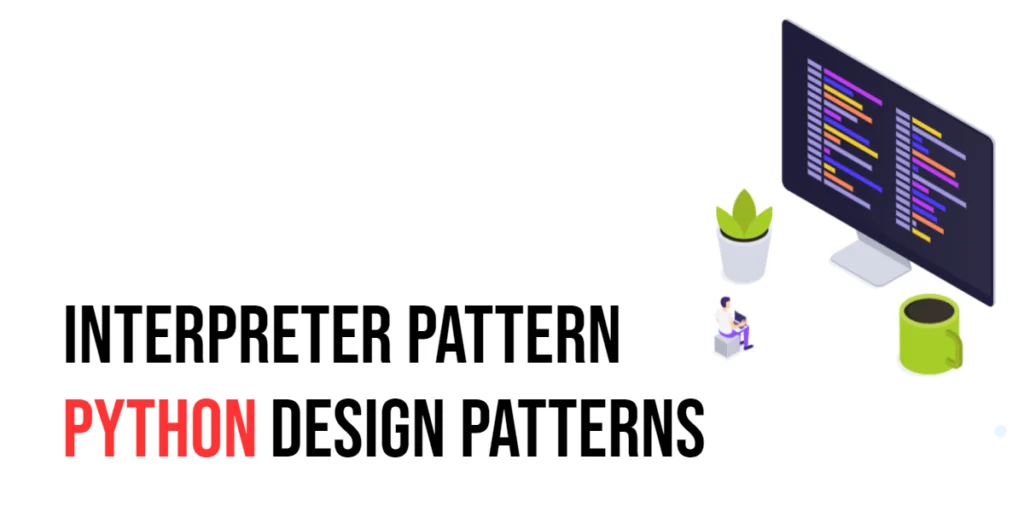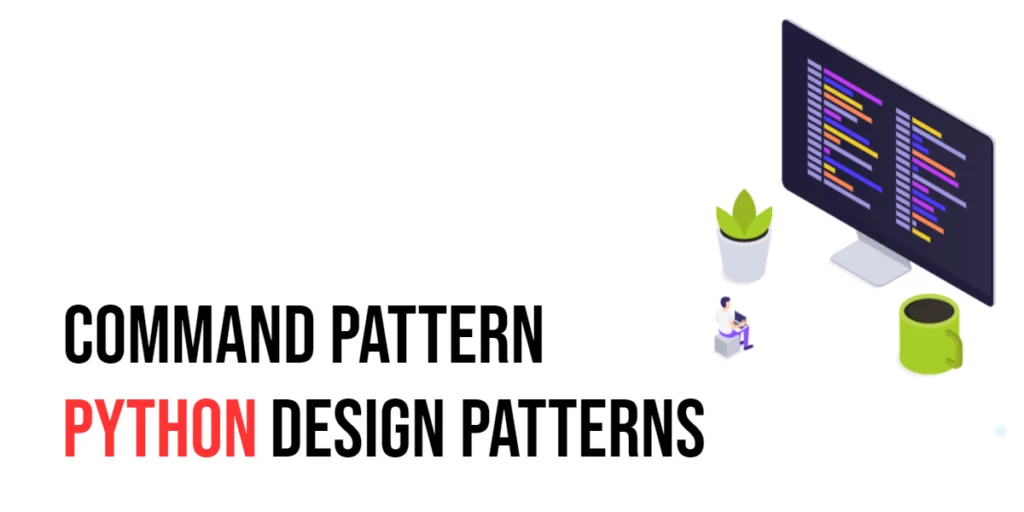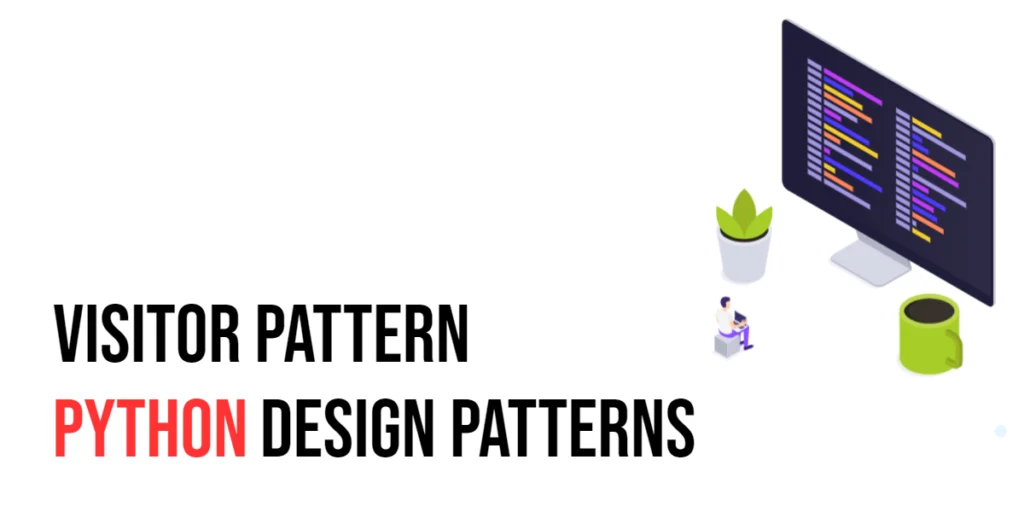C++ Object-Oriented Programming: The this Pointer
Object-Oriented Programming (OOP) is like organizing your code into little boxes, each holding its own data and tools. These boxes, or “objects,” bundle data (fields or properties) and operations (methods or procedures) together. C++ leverages this model effectively, making it easier for programmers to manage complex systems and scale them up without much hassle. A […]
C++ Object-Oriented Programming: The this Pointer Read More »
